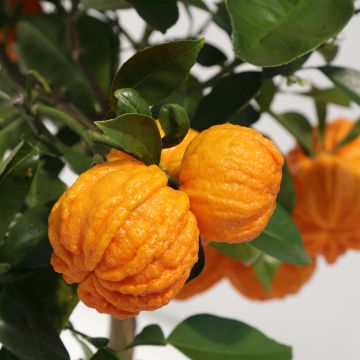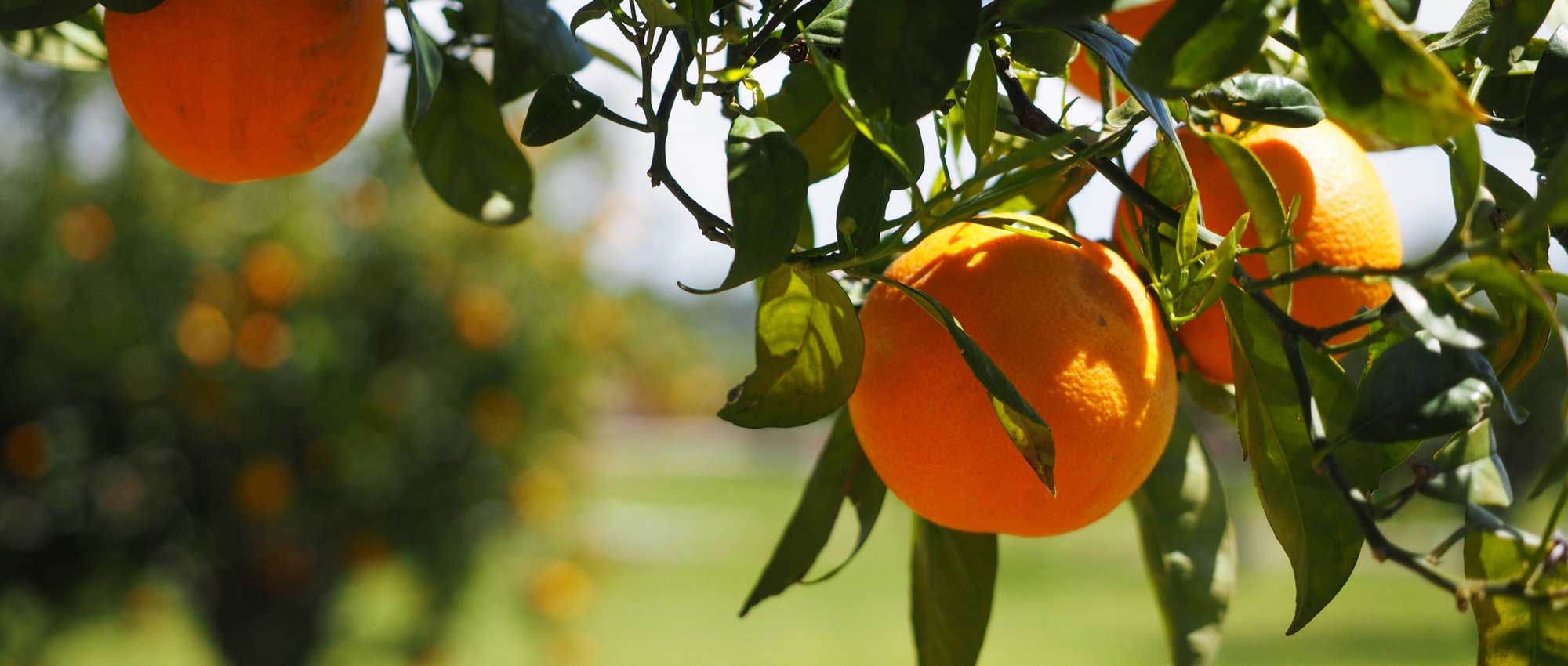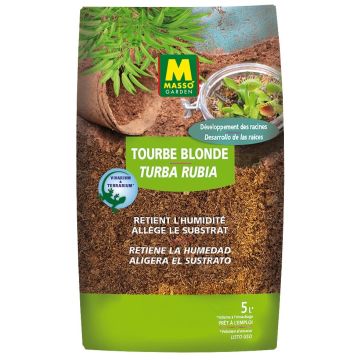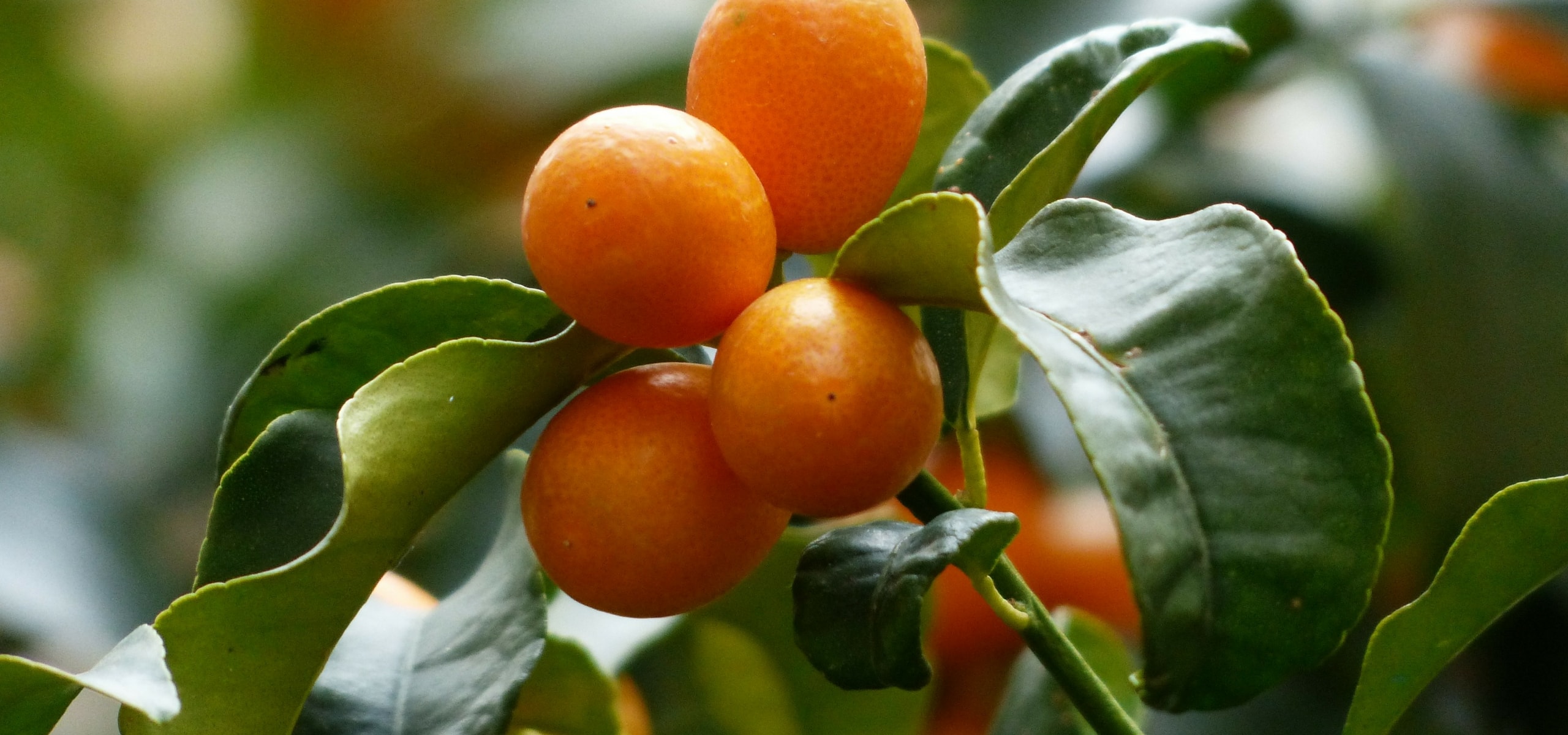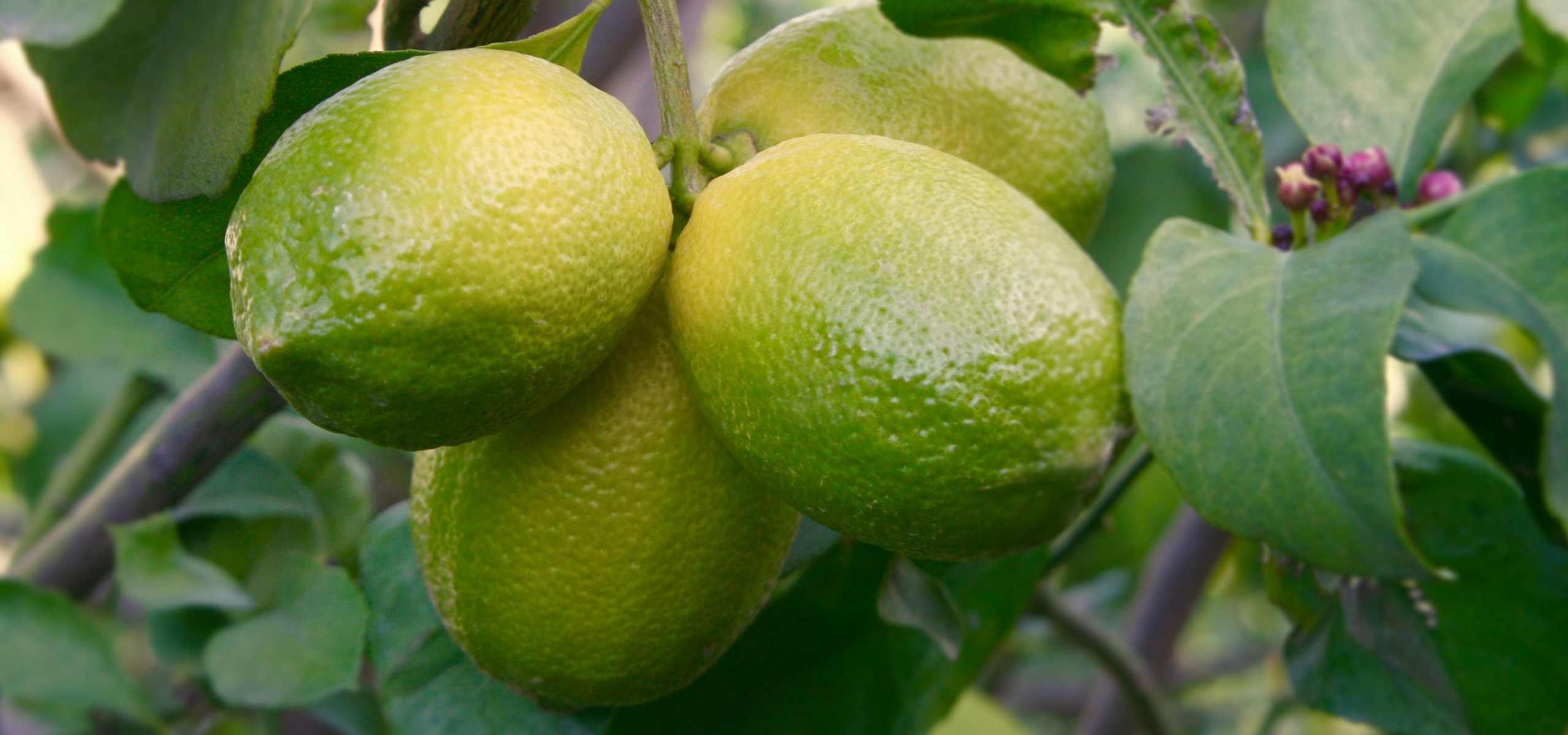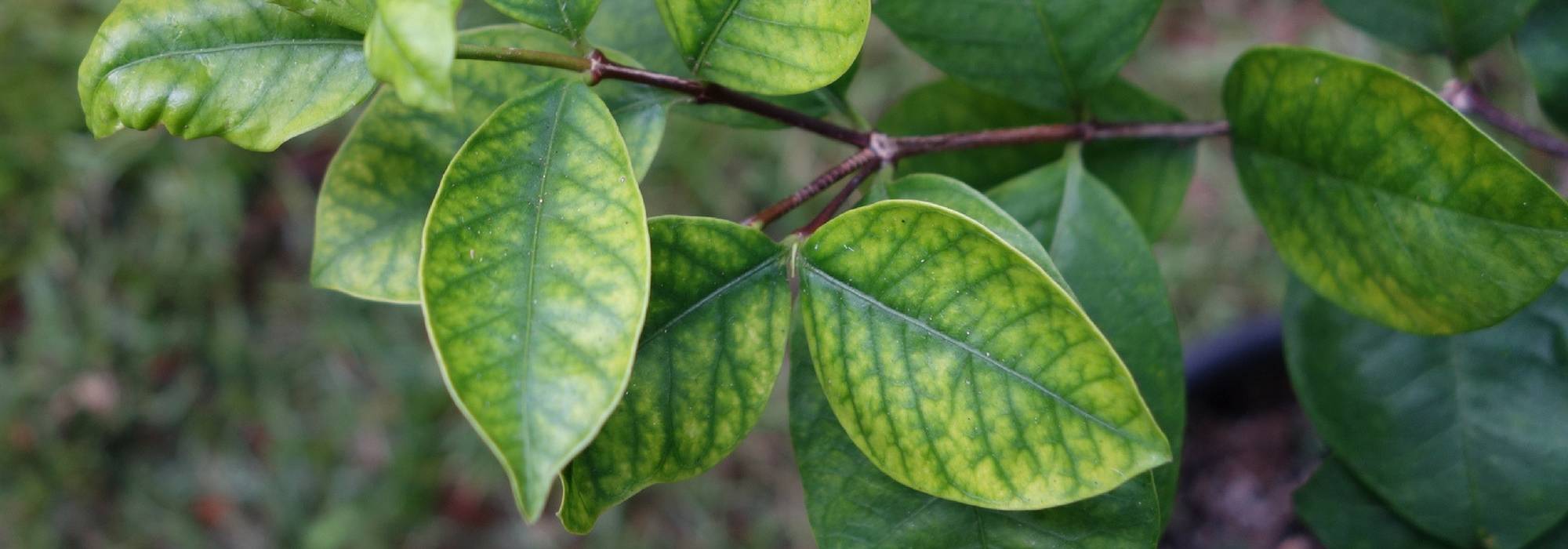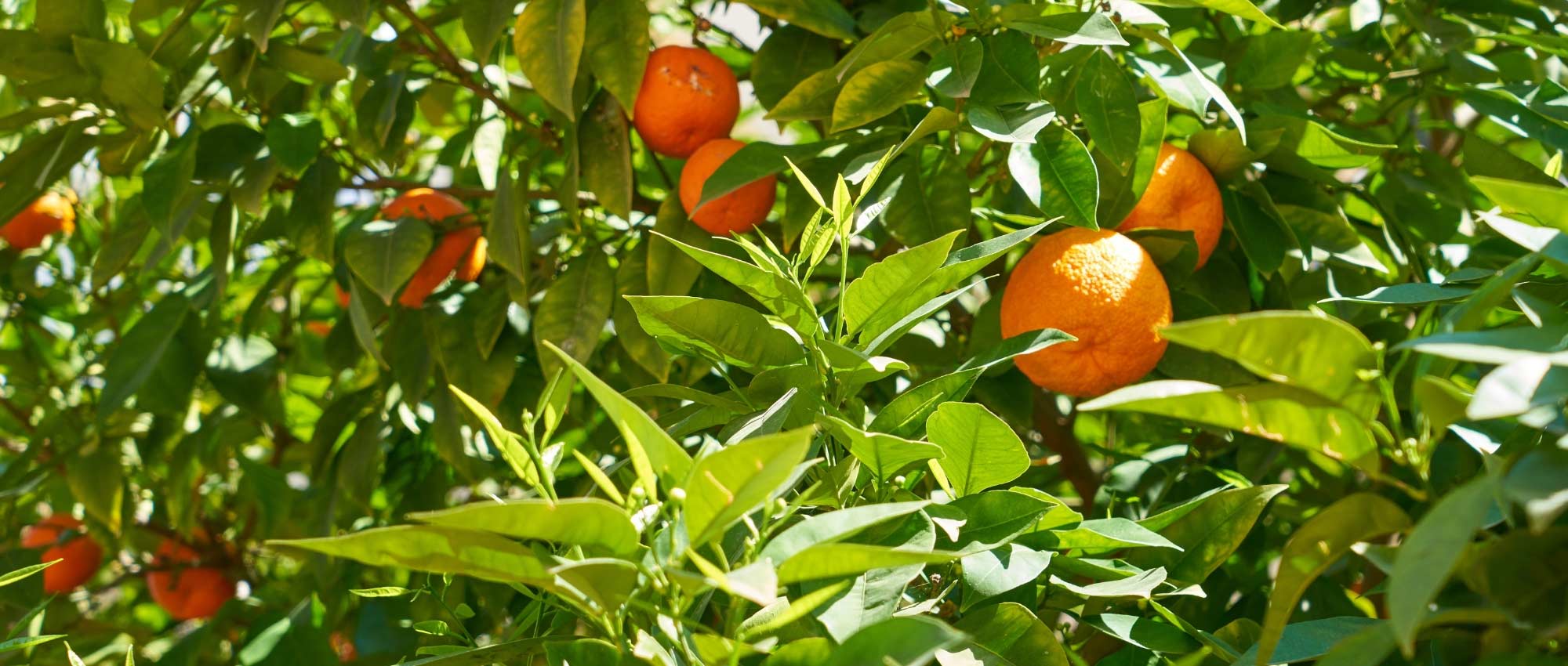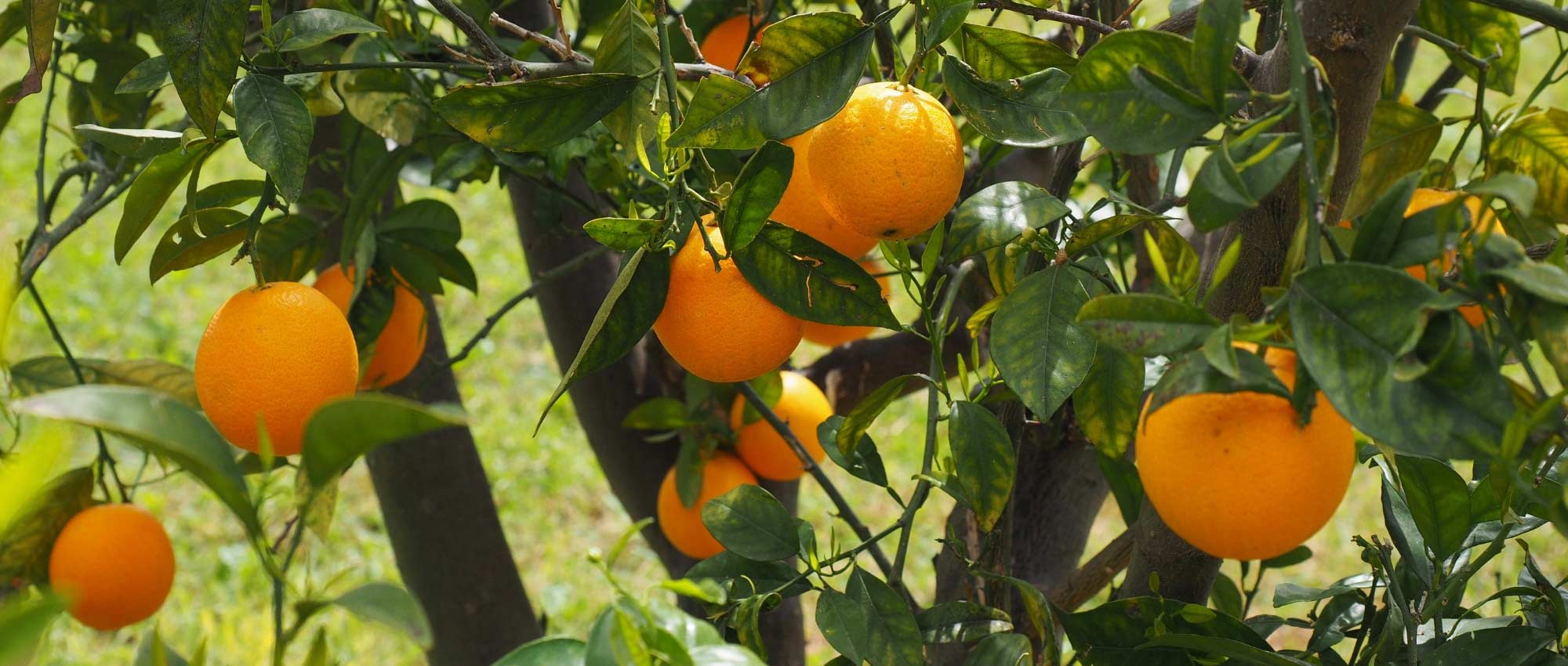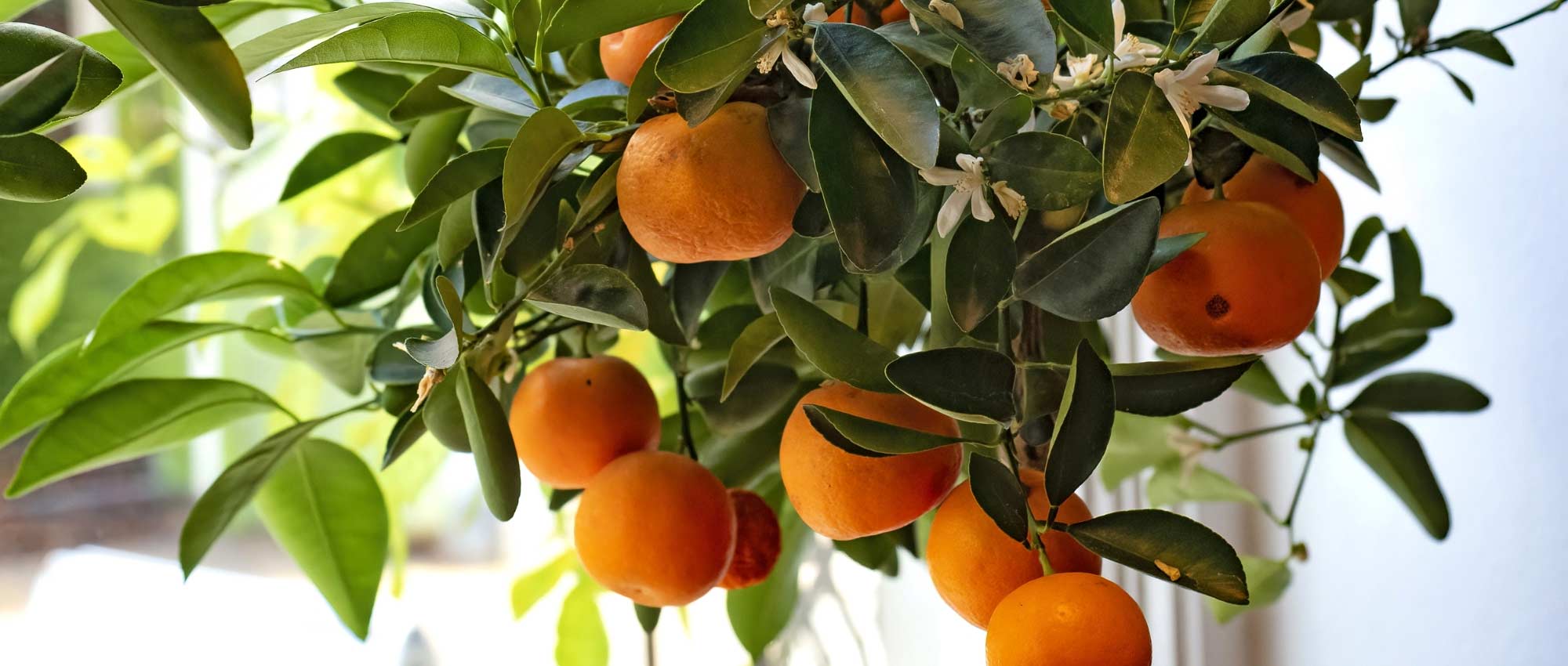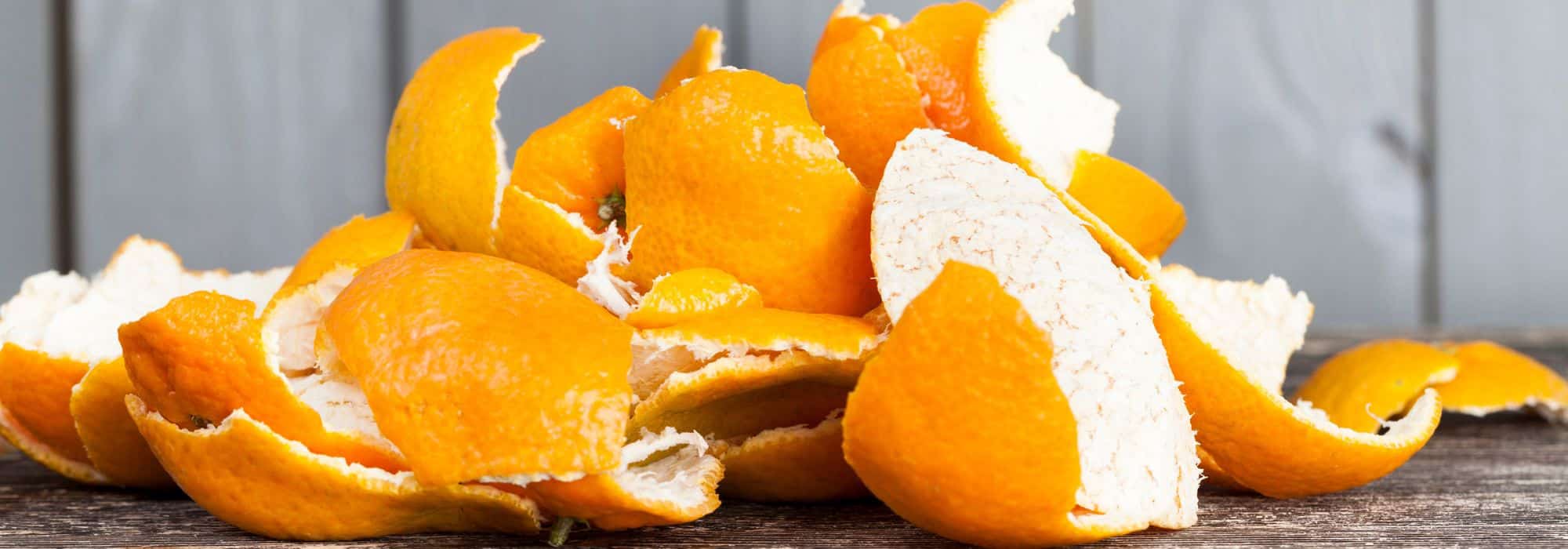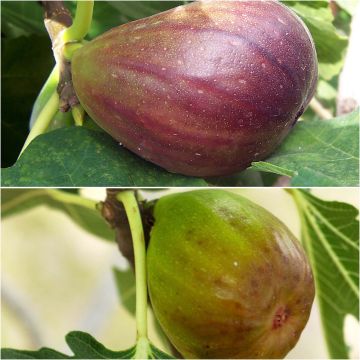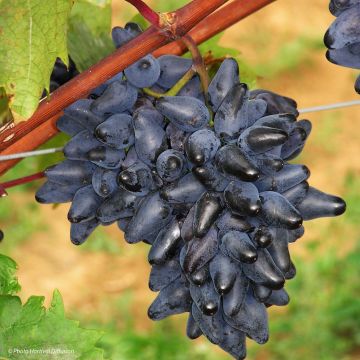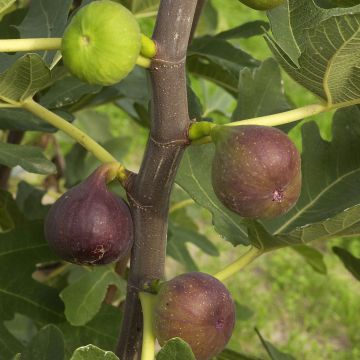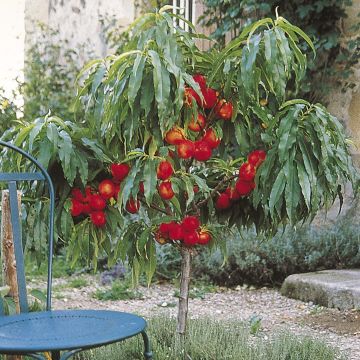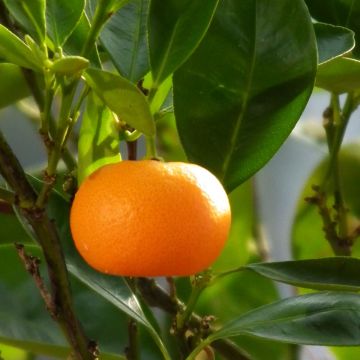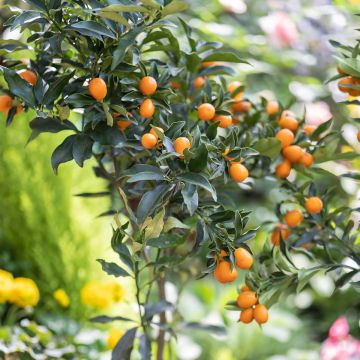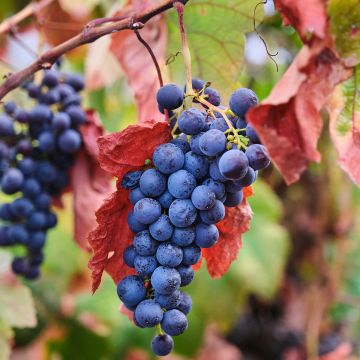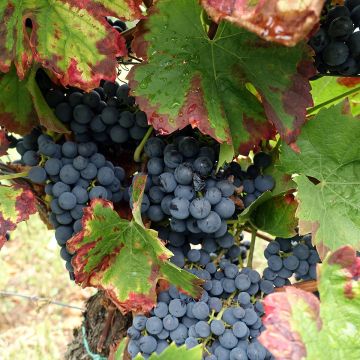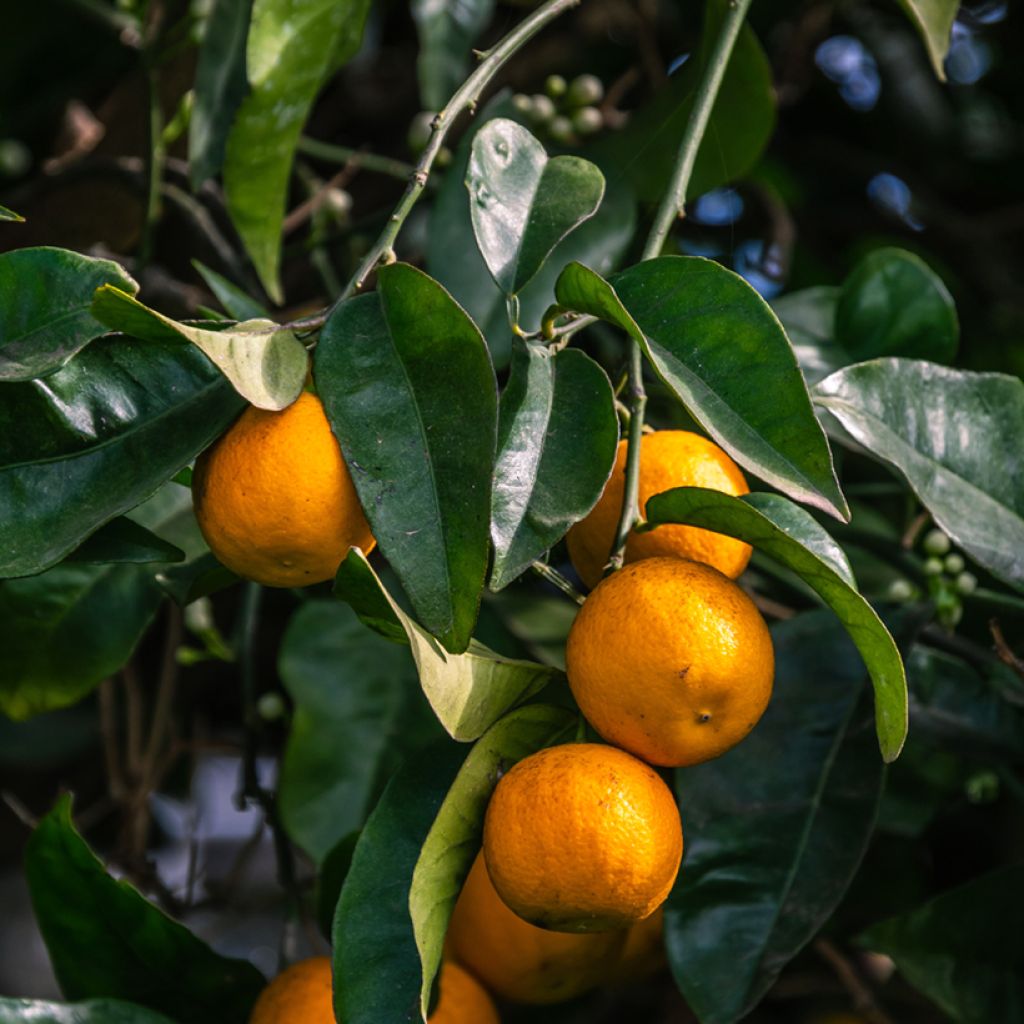

Citrus aurantium Bouquet de Fleur - Bitter orange
Citrus aurantium Bouquet de Fleur - Bitter orange
Citrus aurantium Bouquet de Fleur
Bigarade, Bitter orange, Marmalade orange, Sour orange
Special offer!
Receive a €20 voucher for any order over €90 (excluding delivery costs, credit notes, and plastic-free options)!
1- Add your favorite plants to your cart.
2- Once you have reached €90, confirm your order (you can even choose the delivery date!).
3- As soon as your order is shipped, you will receive an email containing your voucher code, valid for 3 months (90 days).
Your voucher is unique and can only be used once, for any order with a minimum value of €20, excluding delivery costs.
Can be combined with other current offers, non-divisible and non-refundable.
Why not try an alternative variety in stock?
View all →This plant carries a 6 months recovery warranty
More information
We guarantee the quality of our plants for a full growing cycle, and will replace at our expense any plant that fails to recover under normal climatic and planting conditions.
Description
Citrus aurantium ‘Bouquet de Fleurs’ is a wonderful variety of bitter orange tree cultivated for the production of neroli and orange blossom water. This citrus tree with multiple assets forms an elegant small tree, prized for its evergreen foliage and its massive white flowers that perfume the air in spring. Its beautiful bitter oranges are used to prepare marmalades and liqueurs. This very vigorous variety is hardy down to approximately -8°C, so its cultivation in open ground is reserved for sufficiently mild climates. Elsewhere, it can be grown in containers and brought indoors during winter.
Citrus aurantium 'Bouquet de Fleurs' belongs to the Rutaceae family, like all citrus trees. Originating from the southern Himalayas, the wild species has spread across tropical and subtropical regions of Asia, particularly in India and Vietnam. In its natural habitat, it is mainly found in open forests and mountainous areas of these regions.
The 'Bouquet de Fleurs' cultivar is likely identical to 'Bouquet' and 'Riche Dépouille'. It was selected in France for its particularly abundant and fragrant flowering. Valued for its ornamental qualities, it is cultivated for perfumery. It is a small tree with a compact and dens, generally spherical crown. Its growth is quite slow, reaching a height of 1.5 to 2 metres in pots, and up to 3.50 metres in open ground. It is quite small for a bitter orange tree, well-suited to small gardens and terraces. Its branches bear no thorns or only early-dropping ones. Its glossy dark green leaves are evergreen, medium to small, rounded, more or less sickle-shaped with a blunt tip, often folded into a gutter shape. The petioles are short and mostly without wings. The dense foliage contributes to the tree's ornamental appeal. The white, single to semi-double flowers, larger than those of many bitter orange trees, are intensely fragrant and grouped into several-flowered clusters at the tips of the branches. They appear exclusively in spring, in March-April. Their intense fragrance is used for extracting neroli essential oil, prized in perfumery.
The fruits of the 'Bouquet de Fleurs' bitter orange tree are small to medium-sized, round and slightly flattened with rough bark ranging from yellow to bright orange-yellow depending on the stage of ripening. The pulp is juicy, with pips, and offers a characteristic bitter and sour flavour. The fruits of Citrus aurantium 'Bouquet de Fleurs' are generally harvested when ripe in winter, between December and February, depending on climatic conditions and the region where the tree is cultivated. Bitter oranges ripen slowly and can remain on the tree for several weeks, even a few months, after full ripeness, allowing for gradual harvest. They reach their full flavour and display their bright orange-yellow colour in late winter. These fruits are mainly used for making marmalades, liqueurs such as Grand Marnier and Cointreau, and in pastry.
Citrus aurantium 'Bouquet de Fleurs' is also appreciated for its relative cold resistance, tolerating temperatures down to -8/-9°C when grown in a cold greenhouse or protected environment. Cultivated on its own roots, this citrus tree tolerates limestone and slightly heavy loamy soils.
Citrus aurantium 'Bouquet de Fleurs' is self-fertile. This means it can produce fruit without requiring cross-pollination with another tree. Better pollination (and potentially more abundant fruiting) will be encouraged by the presence of natural pollinators, such as bees.
Citrus aurantium Bouquet de Fleur - Bitter orange in pictures
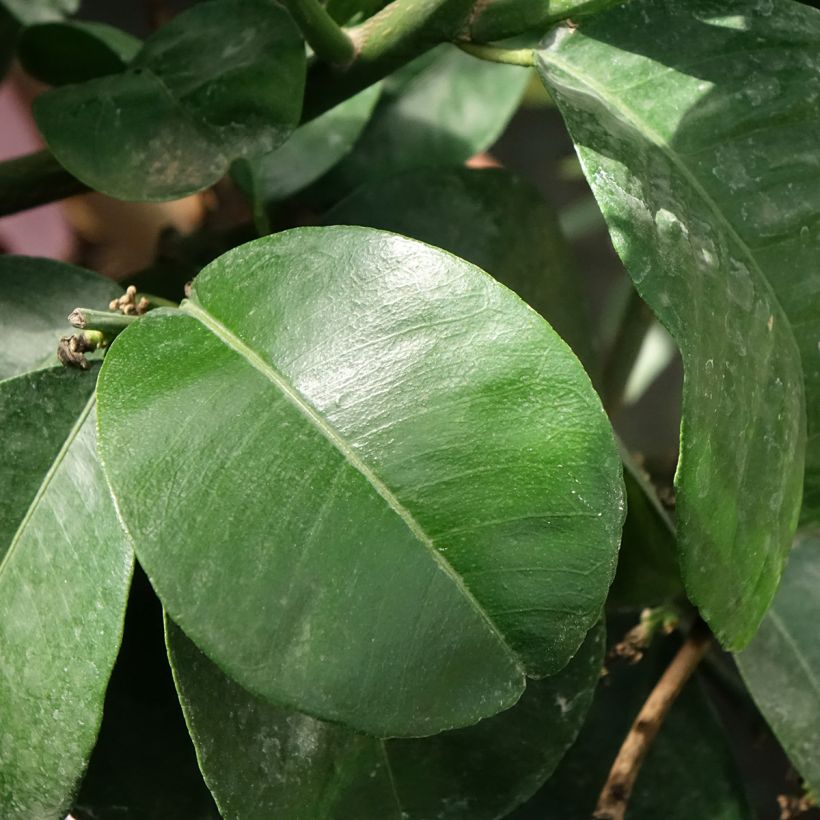

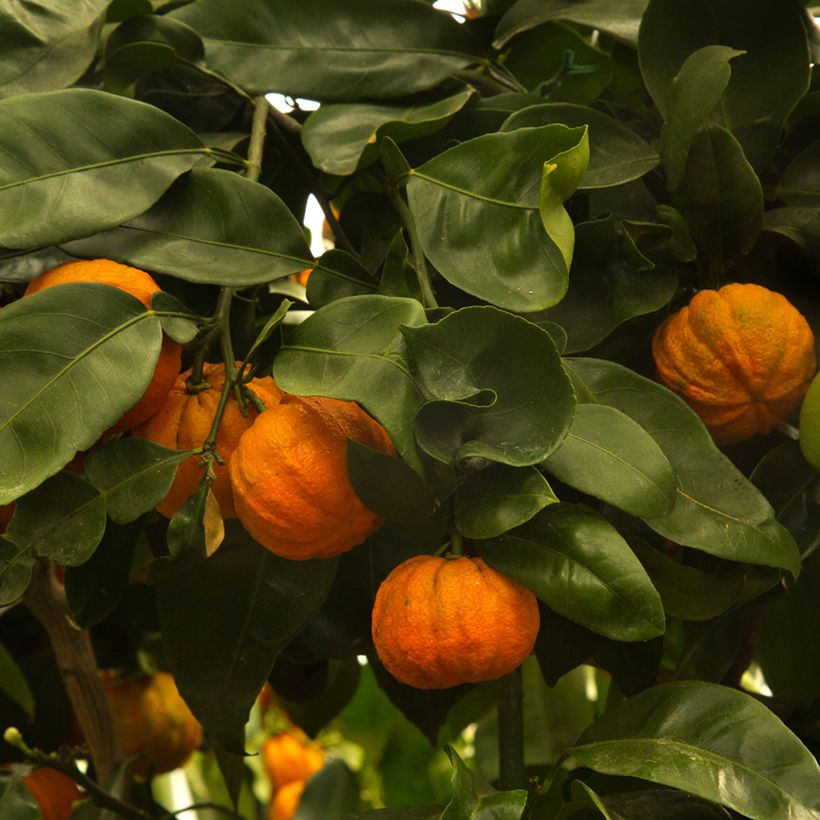

Plant habit
Fruit
Flowering
Foliage
Botanical data
Citrus
aurantium
Bouquet de Fleur
Rutaceae
Bigarade, Bitter orange, Marmalade orange, Sour orange
Citrus crenatifolia var. lycopersiciformis, Citrus aurantium var. sinensis, Citrus aurantium var. tachibana, Citrus nobilis var. ponki, Citrus ampullacea, Citrus amara, Citrus keraji var. kabuchii, Citrus aurantium var. myrtifolia
Cultivar or hybrid
Planting and care
Planting in the ground: The Bitter Orange tree, on its own roots, tolerates loamy and slightly calcareous soils. When grafted, it prefers slightly acidic to neutral soils. It is only reasonable to plant it in the ground along the Mediterranean coast, not too far inland. The best time for planting is early spring, in March and April. Start by watering the root ball to moisten it through capillary action. Dig a hole four to five times the volume of the root ball. If your soil is calcareous, amend it with ericaceous soil. If it is heavy and compact, lighten it with one-third sand. Citrus trees do not appreciate poorly draining soils, as they dislike having their feet in stagnant water. Be careful not to bury the collar, then firm down. Citrus plants are naturally greedy: in all cases, add well-decomposed compost, humus, or a "special citrus" fertiliser. Choose a sunny but not scorching spot for your bush, sheltered from the wind to prevent foliage from drying out and away from any sea spray.
Pot planting: In all other regions, Citrus trees should be planted in pots and stored in an orangery or cold greenhouse during winter, then moved outdoors once frosts have passed. Plant in pots or repot in late summer. Choose a pot slightly larger than the root system, as citrus trees dislike feeling cramped. Moisten the root ball thoroughly. To improve the drainage capacity of the mix, line the bottom of the pot with clay pebbles. Loosen the root ball and prepare a mix of two-thirds garden soil and one-third special "citrus" compost. Water generously. Opt for terracotta or breathable material pots.
Citrus trees need plenty of water to thrive. Your Bitter Orange tree should be watered daily with non-calcareous water, and the soil should remain consistently moist, especially indoors. Similarly, ensure you regularly provide the fertiliser it needs: every 6 months for slow-release granular fertiliser or every 3 waterings for liquid fertiliser.
Planting period
Intended location
Care
Planting & care advice
This item has not been reviewed yet - be the first to leave a review about it.
Similar products
Haven't found what you were looking for?
Hardiness is the lowest winter temperature a plant can endure without suffering serious damage or even dying. However, hardiness is affected by location (a sheltered area, such as a patio), protection (winter cover) and soil type (hardiness is improved by well-drained soil).

Photo Sharing Terms & Conditions
In order to encourage gardeners to interact and share their experiences, Promesse de fleurs offers various media enabling content to be uploaded onto its Site - in particular via the ‘Photo sharing’ module.
The User agrees to refrain from:
- Posting any content that is illegal, prejudicial, insulting, racist, inciteful to hatred, revisionist, contrary to public decency, that infringes on privacy or on the privacy rights of third parties, in particular the publicity rights of persons and goods, intellectual property rights, or the right to privacy.
- Submitting content on behalf of a third party;
- Impersonate the identity of a third party and/or publish any personal information about a third party;
In general, the User undertakes to refrain from any unethical behaviour.
All Content (in particular text, comments, files, images, photos, videos, creative works, etc.), which may be subject to property or intellectual property rights, image or other private rights, shall remain the property of the User, subject to the limited rights granted by the terms of the licence granted by Promesse de fleurs as stated below. Users are at liberty to publish or not to publish such Content on the Site, notably via the ‘Photo Sharing’ facility, and accept that this Content shall be made public and freely accessible, notably on the Internet.
Users further acknowledge, undertake to have ,and guarantee that they hold all necessary rights and permissions to publish such material on the Site, in particular with regard to the legislation in force pertaining to any privacy, property, intellectual property, image, or contractual rights, or rights of any other nature. By publishing such Content on the Site, Users acknowledge accepting full liability as publishers of the Content within the meaning of the law, and grant Promesse de fleurs, free of charge, an inclusive, worldwide licence for the said Content for the entire duration of its publication, including all reproduction, representation, up/downloading, displaying, performing, transmission, and storage rights.
Users also grant permission for their name to be linked to the Content and accept that this link may not always be made available.
By engaging in posting material, Users consent to their Content becoming automatically accessible on the Internet, in particular on other sites and/or blogs and/or web pages of the Promesse de fleurs site, including in particular social pages and the Promesse de fleurs catalogue.
Users may secure the removal of entrusted content free of charge by issuing a simple request via our contact form.
The flowering period indicated on our website applies to countries and regions located in USDA zone 8 (France, the United Kingdom, Ireland, the Netherlands, etc.)
It will vary according to where you live:
- In zones 9 to 10 (Italy, Spain, Greece, etc.), flowering will occur about 2 to 4 weeks earlier.
- In zones 6 to 7 (Germany, Poland, Slovenia, and lower mountainous regions), flowering will be delayed by 2 to 3 weeks.
- In zone 5 (Central Europe, Scandinavia), blooming will be delayed by 3 to 5 weeks.
In temperate climates, pruning of spring-flowering shrubs (forsythia, spireas, etc.) should be done just after flowering.
Pruning of summer-flowering shrubs (Indian Lilac, Perovskia, etc.) can be done in winter or spring.
In cold regions as well as with frost-sensitive plants, avoid pruning too early when severe frosts may still occur.
The planting period indicated on our website applies to countries and regions located in USDA zone 8 (France, United Kingdom, Ireland, Netherlands).
It will vary according to where you live:
- In Mediterranean zones (Marseille, Madrid, Milan, etc.), autumn and winter are the best planting periods.
- In continental zones (Strasbourg, Munich, Vienna, etc.), delay planting by 2 to 3 weeks in spring and bring it forward by 2 to 4 weeks in autumn.
- In mountainous regions (the Alps, Pyrenees, Carpathians, etc.), it is best to plant in late spring (May-June) or late summer (August-September).
The harvesting period indicated on our website applies to countries and regions in USDA zone 8 (France, England, Ireland, the Netherlands).
In colder areas (Scandinavia, Poland, Austria...) fruit and vegetable harvests are likely to be delayed by 3-4 weeks.
In warmer areas (Italy, Spain, Greece, etc.), harvesting will probably take place earlier, depending on weather conditions.
The sowing periods indicated on our website apply to countries and regions within USDA Zone 8 (France, UK, Ireland, Netherlands).
In colder areas (Scandinavia, Poland, Austria...), delay any outdoor sowing by 3-4 weeks, or sow under glass.
In warmer climes (Italy, Spain, Greece, etc.), bring outdoor sowing forward by a few weeks.






























